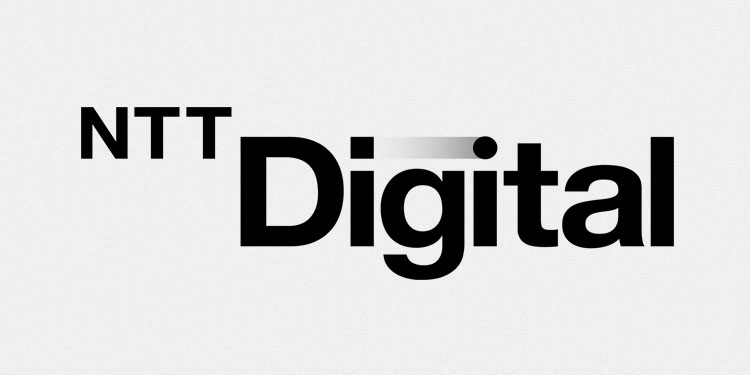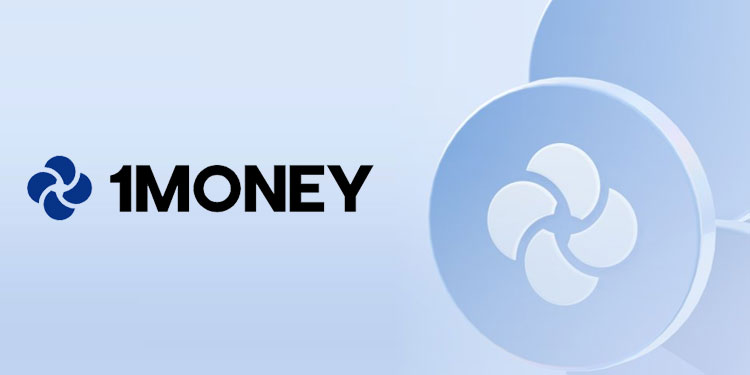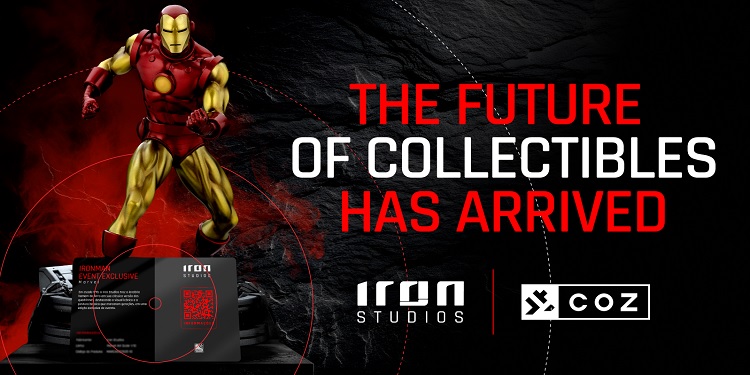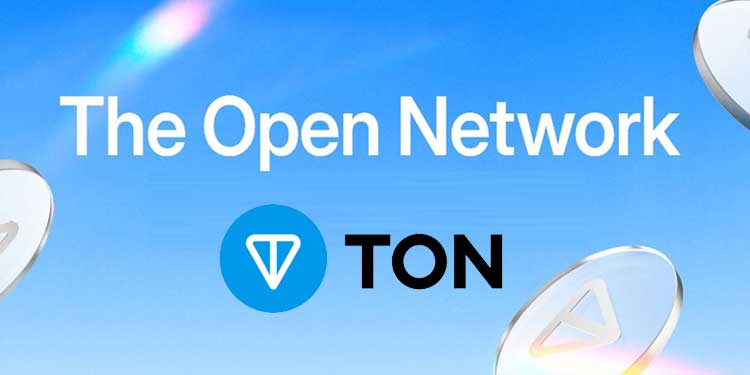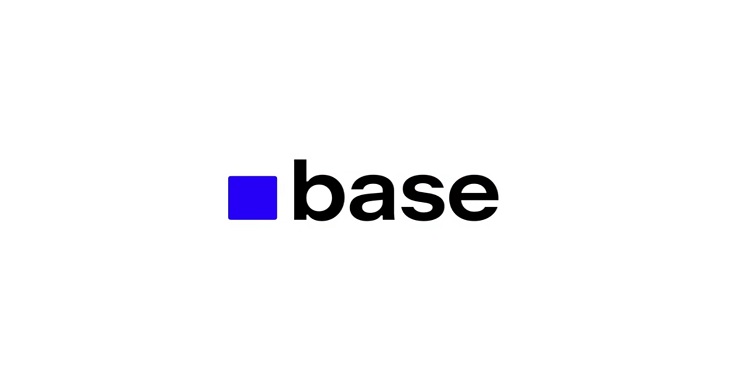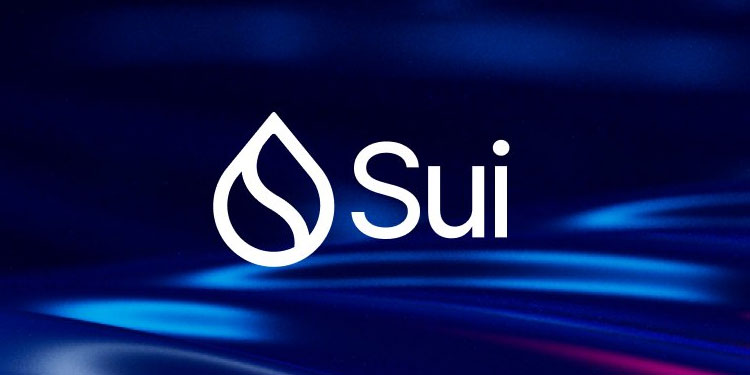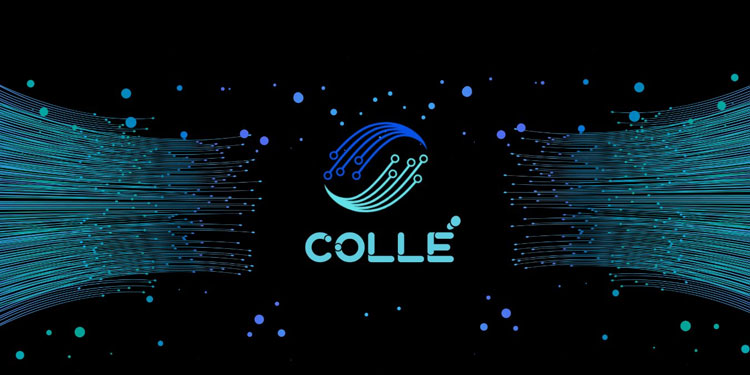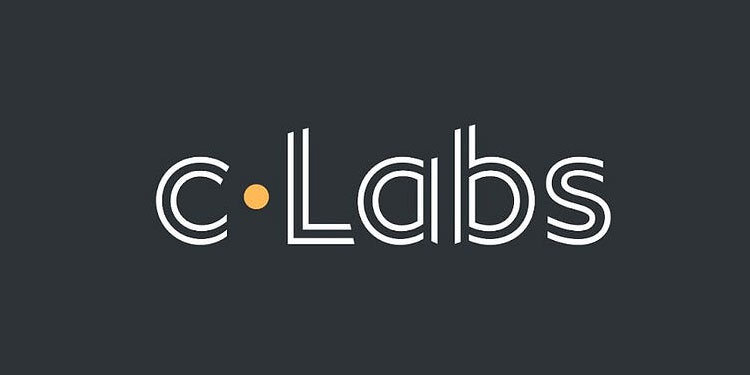 CLabs, the organization responsible for the development of the Celo blockchain, has unveiled a proposal to transition from its current status as an independent EVM-compatible layer-1 blockchain to an Ethereum layer-2 solution. The move is aimed at integrating with the Ethereum ecosystem while enhancing the overall performance and capabilities of the Celo platform.
CLabs, the organization responsible for the development of the Celo blockchain, has unveiled a proposal to transition from its current status as an independent EVM-compatible layer-1 blockchain to an Ethereum layer-2 solution. The move is aimed at integrating with the Ethereum ecosystem while enhancing the overall performance and capabilities of the Celo platform.
The proposed transition would involve leveraging the OP Stack as the architecture to become an Ethereum layer-2 blockchain. By doing so, Celo developers would gain easy access to the full spectrum of Ethereum tooling and libraries without the need for monitoring complex tooling and library composability through upgrades.
One of the key differentiating factors in the transition would be the implementation of an off-chain data availability layer, operated by Ethereum node operators and protected by restaked Ether (ETH). This design change also entails transforming existing validators into decentralized sequencers for layer-2 operations.
Layer-1 and Layer-2 blockchains serve different purposes, with L2 solutions intended to enhance the performance of L1 blockchains rather than operate independently. Despite the shift, the proposal expects minimal changes to gas fees, as the L2 solution with off-chain data availability, can significantly reduce gas costs compared to other L2 implementations.
The proposed transition would not affect end-users, and CELO tokenholders would retain control over core contracts by actively participating in governance proposals. Additionally, CELO tokens would continue to be used for gas payments within the Celo ecosystem.
Celo Aims to Leverage Ethereum Layer-2 for Enhanced Functionality and Security
While the proposal primarily focuses on technical aspects, there are potential implications for the Celo ecosystem. Increased liquidity flow between Celo and other chains could be facilitated, but it may also introduce additional costs for sequencers, such as fees on the data availability layer and gas on Ethereum. Moreover, the impact on sequencers’ rewards compared to the current validators’ rewards remains uncertain.

As competition among blockchains intensifies, Celo is actively improving its mobile experience by incorporating enhanced functionality and features. Targeting developing economies where demand for technological payment solutions is high, the Celo ecosystem seeks to expand its reach and usability.
The proposal is scheduled to be discussed on a governance call on July 21, followed by a “temperature check” the next day, allowing stakeholders to provide their input before the final decision on the transition is made.

